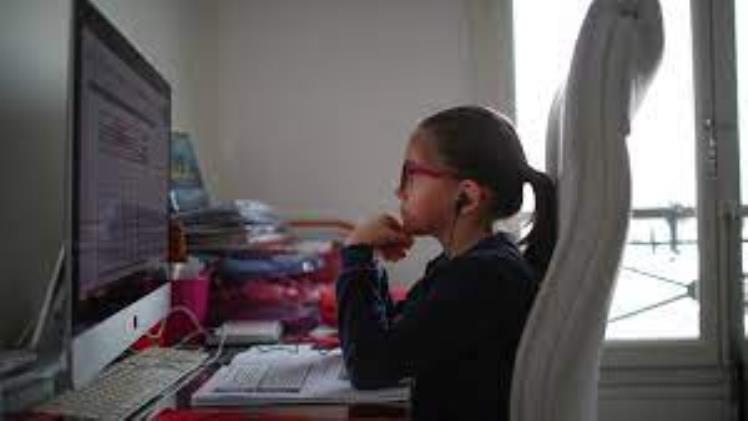Remote Learning and Its Impact on Education Systems

Remote learning is a form of education where students and teachers are not physically present in a classroom setting. Instruction is delivered through technology tools like discussion boards, video conferencing, and virtual assessments – an attempt to recreate the in-person classroom experience over the internet. It has become popular during scheduling conflicts, illness, or disasters due to its ability to recreate such an immersive atmosphere.
Remote learning offers many advantages, but also some drawbacks that educators and psychologists are working to address. These include lack of interaction between teachers and students, technological issues which may make navigation difficult or prevent effective learning, and the potential for students to fall behind.
In the classroom, students come together with teachers in a physical setting to engage in conversations about learning content and receive support for their tasks. They also get the chance to interact face-to-face and build meaningful relationships that will serve them well in the future.
Due to the COVID-19 pandemic, schools have had to adapt and learn how best to utilize remote learning as an educational method. This has necessitated rethinking student interactions with teachers, lesson structure, and even which types of materials can be utilized for encouraging participation in virtual classes (School Psychology International, 2019).
One major disadvantage of remote learning is its absence of social interactions between teachers and students, which can have a detrimental effect on student motivation as well as long-term academic growth in areas like social emotional learning, leadership development, public speaking, and more.
Another disadvantage of remote learning is its difficulty in tracking student progress. While this may not be a concern for primary school children, middle and high school students face major challenges with this aspect of education.
As a result, some schools are struggling to ensure students get quality remote instruction and supports during the pandemic. That is why a three-pronged strategy is necessary for schools and students during this crisis: Relief:
1. Establish school systems so they can offer effective remote instruction and supports at scale during the disaster; Recovery: 2. Make new investments to make up for lost time and ground during quarantine; Rebuilding: 3. Establish the foundations of an education system which comprehends its intricate production processes, maximizes children’s talents, works equally for all students, and reflects our society’s value placed on education.
Students and teachers are increasingly turning to remote learning during these trying times to keep their education on track. Although its challenges can be daunting, studies have demonstrated that remote learning helped students develop essential skills and improve academic performance during the pandemic. Some school psychologists even reported that students enrolled in remote learning classes experienced less bullying or microaggressions than their counterparts did; this can lead to improved mental health and self-esteem for individuals as well.